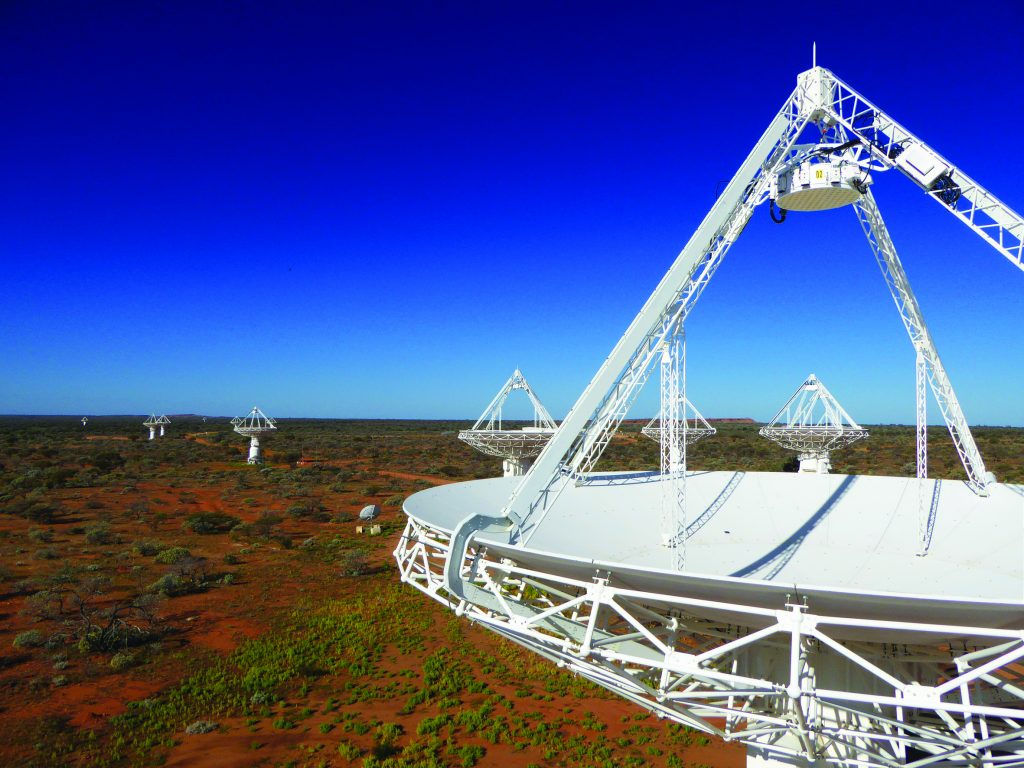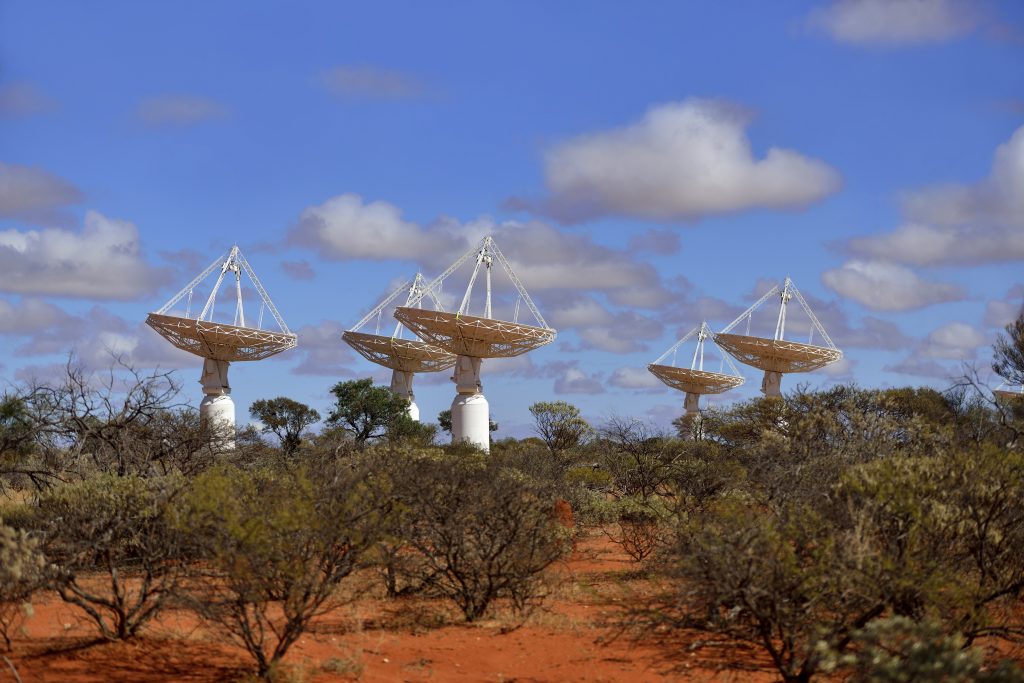Summary: The radio telescope Australian Square Kilometre Array Pathfinder (ASKAP) built by Australia’s national science agency, CSIRO, has conducted its first survey of the entire southern sky in record speed and detail, creating a new atlas of the Universe.
The Australian Square Kilometre Array Pathfinder (ASKAP), developed and operated by Australia’s national science agency, CSIRO, mapped approximately three million galaxies in just 300 hours. The Rapid ASKAP Continuum Survey is like a Google map of the Universe where most of the millions of star-like points on the map are distant galaxies – about a million of which we’ve never seen before, said CSIRO’s press release.
CSIRO Chief Executive Dr Larry Marshall said ASKAP brought together world-class infrastructure with scientific and engineering expertise to unlock the deepest secrets of the Universe. “ASKAP is applying the very latest in science and technology to age-old questions about the mysteries of the Universe and equipping astronomers around the world with new breakthroughs to solve their challenges,” Dr Marshall said.
“It’s all enabled by innovative receivers developed by CSIRO that feature phased array feed technology, which see ASKAP generate more raw data at a faster rate than Australia’s entire internet traffic.
The telescope’s key feature is its wide field of view, generated by new CSIRO-designed receivers, that enable ASKAP to take panoramic pictures of the sky in amazing detail.
Using ASKAP at CSIRO’s Murchison Radio-astronomy Observatory (MRO) in outback Western Australia, the survey team observed 83 per cent of the entire sky. The press release from CSIRO said that the initial results are published today in the Publications of the Astronomical Society of Australia.
This record-breaking result proves that an all-sky survey can be done in weeks rather than years, opening new opportunities for discovery. The new data will enable astronomers to undertake statistical analyses of large populations of galaxies, in the same way social researchers use information from a national census.

How Does The Australian Square Kilometre Array Pathfinder (ASKAP) work?
The Australian Square Kilometre Array Pathfinder (ASKAP) is a new type of radio telescope designed and built by CSIRO. Our novel application of ‘phased array’ technology, combined with cutting-edge digital signal processing systems makes ASKAP a world-leading radio telescope.
The ASKAP telescope makes images of radio signals from the sky, allowing astronomers to view the Universe at wavelengths that our eyes cannot see. It is a type of radio telescope known as an ‘interferometer’. This means it uses many antennas acting together as one large telescope.
How is the ASKAP constructed?
The ASKAP has 36 dish antennas spread out over six kilometres in outback Western Australia. By combining the signals from 36 smaller dishes, we can make high-resolution images at a fraction of the expense of building an extremely large dish with the same eye for detail.
Radio telescopes use specialised cameras called receivers, to detect and amplify faint radio waves from space. One of the challenges facing radio astronomers, was the limited region of the sky that could be seen by conventional receivers at any one time. To solve this challenge, we invented a revolutionary new chequerboard Phased Array Feed receiver, known as a PAF.
These specialised receivers are like an insect’s compound eye on the sky that can look in many directions at once. They house hundreds of detectors that enable astronomers to perform multi-directional searches of the sky simultaneously. They can see an area 40 times larger than a conventional receiver.

Where is ASKAP located?
ASKAP is located at CSIRO’s Murchison Radio-astronomy Observatory (MRO) in Western Australia (WA). The MRO is about 700 kilometres north of Perth in the Murchison Shire, on the traditional lands of the Wajarri Yamaji. Situated in Mid West WA, the Shire covers an area of 49,500 square kilometers and has a population of 120 people.
This remote location is ideal for radio astronomy as there is minimal interference from Earth-based radio transmissions. In the same way that it is necessary for us to avoid city-lights when we’re looking up at the stars, radio telescopes must avoid other radio communication networks that disrupt the signals being received from space.
The MRO was established in 2009 and is one of the newest observatories in the world. It already hosts three world-class radio telescopes and will be the Australian host site for the Square Kilometre Array telescope, in the 2020s.
| ASKAP fast facts |
|---|
| – ASKAP is an array of 36 dish antennas each with a diameter of 12 metres – The antennas stand three storeys tall and are spread out over distances – up to six kilometres – Linked by fibre-optic cable, the antennas work together as one telescope – At the apex of each antenna is a novel radio camera called a Phased Array Feed receiver – ASKAP is located on the traditional lands of the Wajarri people in Western Australia. |
